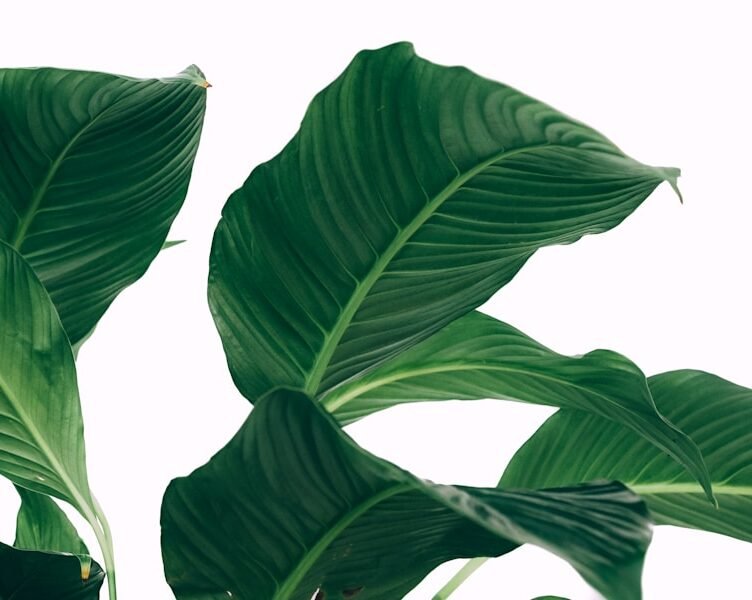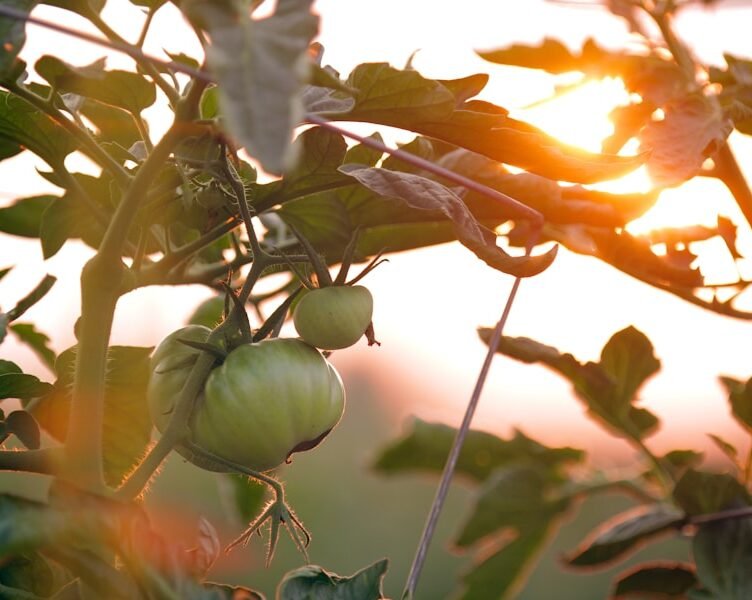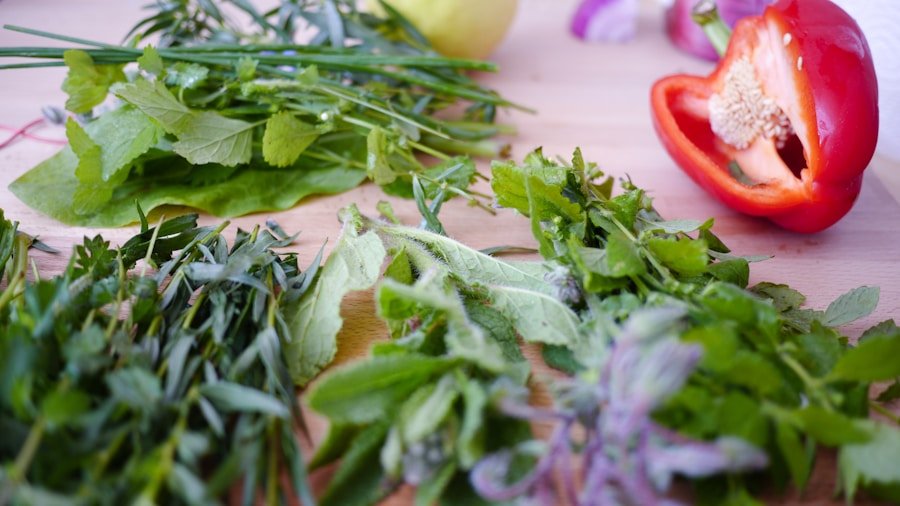When cultivating tomatoes in small spaces, selecting the appropriate container is vital for the plants’ success. The container’s size and material are key factors to consider. A minimum diameter and depth of 18 inches is recommended to provide sufficient room for the tomato roots to develop.
In terms of material, plastic, ceramic, or wooden containers are all suitable options. It is essential to ensure that the container has adequate drainage holes to prevent waterlogging, which can lead to root rot. Additionally, consider the container’s weight, particularly if you plan to relocate it to maximize sunlight exposure.
Lightweight containers made of plastic or resin are easier to move, whereas heavier materials like ceramic or concrete may require a fixed location. When choosing a container for your tomatoes, also consider its aesthetic appeal. Select a container that complements your outdoor space and adds visual interest.
Furthermore, consider the number of tomato plants you intend to grow and choose a container that can accommodate their size and number. Note that larger containers will require more soil and water, so consider your ability to maintain the plants in larger containers. Ultimately, the ideal container will provide adequate space for the tomato plants to grow, proper drainage, and enhance your outdoor space.
Key Takeaways
- Choose a container that is at least 5 gallons in size and has good drainage
- Consider compact or dwarf tomato varieties for small spaces
- Use a well-draining potting mix and fertilize regularly with a balanced fertilizer
- Water tomatoes consistently and place them in a sunny spot with at least 6-8 hours of sunlight
- Prune and support tomato plants to encourage healthy growth and prevent disease
Selecting the Best Tomato Varieties for Small Spaces
Compact and Productive: Determinate Tomato Varieties
When it comes to growing tomatoes in small spaces, determinate tomato varieties are an excellent choice. These varieties are more compact and bushy, making them perfect for containers. Some popular determinate tomato varieties for small spaces include ‘Patio Princess’, ‘Bush Early Girl’, and ‘Tiny Tim’. These varieties are well-suited for container gardening and produce an abundance of flavorful tomatoes.
Cherry and Grape Tomato Varieties: Perfect for Small Spaces
Cherry and grape tomato varieties are also great options for small spaces as they tend to be more compact and produce fruit prolifically. Varieties such as ‘Sweet 100’, ‘Sun Gold’, and ‘Tumbling Tom’ are well-suited for container gardening and provide a continuous harvest of sweet, bite-sized tomatoes.
Selecting the Right Tomato Varieties for Your Small Space Garden
When selecting tomato varieties for small spaces, consider the flavor, size, and growth habit of the plants. Ultimately, choosing the right tomato varieties will ensure a bountiful harvest in your small space garden.
Soil and Fertilizer Requirements for Container-Grown Tomatoes
The soil and fertilizer requirements for container-grown tomatoes are essential for the health and productivity of the plants. When growing tomatoes in containers, it is important to use a high-quality potting mix that is well-draining and nutrient-rich. Avoid using garden soil as it can become compacted and may contain pests or diseases that can harm your plants.
Look for a potting mix specifically formulated for vegetables or tomatoes, which will provide the necessary nutrients and drainage for healthy plant growth. In addition to using a quality potting mix, it is important to fertilize your container-grown tomatoes regularly. Choose a balanced fertilizer specifically formulated for tomatoes and follow the instructions on the label for application rates.
Fertilize your tomatoes every 2-3 weeks during the growing season to provide them with the necessary nutrients for healthy growth and fruit production. Additionally, consider using organic fertilizers such as compost or fish emulsion to provide natural nutrients to your plants. By providing your container-grown tomatoes with the right soil and fertilizer, you will ensure healthy plant growth and a bountiful harvest.
Watering and Sunlight Needs for Tomatoes in Containers
| Tomato Variety | Container Size | Soil Type | Sunlight | Watering |
|---|---|---|---|---|
| Roma | 5 gallons | Well-draining | Full sun (6-8 hours) | Regular, keep soil moist |
| Cherry Tomatoes | 3 gallons | Rich and loamy | Full sun (6-8 hours) | Regular, keep soil consistently moist |
| Beefsteak | 7-10 gallons | Well-draining, nutrient-rich | Full sun (6-8 hours) | Regular, deep watering |
Proper watering and sunlight are essential for the success of container-grown tomatoes. Tomatoes require consistent moisture to thrive, so it is important to water them regularly, especially during hot weather. Check the moisture level of the soil daily and water your tomatoes when the top inch of soil feels dry to the touch.
Avoid overwatering as this can lead to root rot, but also ensure that the plants do not dry out completely between waterings. In addition to proper watering, tomatoes require at least 6-8 hours of sunlight per day to produce fruit. Place your containers in a sunny location where they will receive adequate sunlight throughout the day.
If you have limited sunlight in your outdoor space, consider using reflective surfaces or mirrors to redirect sunlight towards your tomato plants. Additionally, consider using grow lights or supplemental lighting if natural sunlight is limited. By providing your container-grown tomatoes with proper watering and sunlight, you will ensure healthy plant growth and a bountiful harvest.
Pruning and Supporting Tomato Plants in Small Spaces
Pruning and supporting tomato plants in small spaces is essential for maintaining plant health and maximizing fruit production. As tomato plants grow, they can become unruly and take up valuable space in your small garden. Pruning your tomato plants by removing suckers and lower leaves will help improve air circulation and reduce the risk of pests and diseases.
Additionally, pruning will help focus the plant’s energy on fruit production rather than excessive foliage growth. In addition to pruning, supporting your tomato plants is essential for preventing them from sprawling and taking up too much space in your small garden. Use stakes, cages, or trellises to support your tomato plants as they grow.
This will help keep the plants upright and prevent them from sprawling on the ground, which can lead to disease and pest problems. Additionally, supporting your tomato plants will make it easier to harvest ripe fruit and maintain a tidy garden space. By pruning and supporting your tomato plants in small spaces, you will ensure healthy plant growth and maximize fruit production.
Common Pests and Diseases in Container-Grown Tomatoes
Pests Affecting Container-Grown Tomatoes
Common pests that can affect container-grown tomatoes include aphids, whiteflies, hornworms, and spider mites. These pests can cause damage to the foliage and fruit of your tomato plants if left untreated.
Diseases Affecting Container-Grown Tomatoes
In addition to pests, container-grown tomatoes are also susceptible to diseases such as blight, blossom end rot, and powdery mildew. These diseases can impact plant health and reduce fruit production if not properly managed.
Prevention and Management Strategies
To prevent pest infestations, regularly inspect your plants for signs of pests and take action at the first sign of trouble. To prevent disease problems, provide adequate air circulation around your plants by spacing them properly and pruning excess foliage. Additionally, avoid overhead watering which can promote disease development on foliage and fruit. If disease problems arise, remove affected plant parts and treat with organic fungicides or bactericides as needed. By being proactive in preventing pest and disease problems in your container-grown tomatoes, you will ensure healthy plant growth and maximize fruit production.
Harvesting and Enjoying Your Homegrown Tomatoes
After all of your hard work tending to your container-grown tomatoes, it’s time to enjoy the fruits of your labor! Harvesting homegrown tomatoes is one of the most rewarding aspects of container gardening. When it comes to harvesting tomatoes, it’s important to pick them at the peak of ripeness for the best flavor and texture.
Ripe tomatoes will be firm yet give slightly when gently squeezed. To harvest your tomatoes, simply grasp the fruit firmly and twist it gently until it separates from the stem. Avoid pulling or tugging on the fruit as this can damage the plant.
Once harvested, store your tomatoes at room temperature until they are fully ripe, then enjoy them fresh in salads, sandwiches, or simply on their own. If you find yourself with an abundance of ripe tomatoes, consider preserving them by canning or making homemade sauces, salsas, or jams. Homegrown tomatoes also freeze well for later use in soups or stews during the winter months.
In conclusion, growing tomatoes in small spaces is not only possible but incredibly rewarding. By choosing the right container, selecting suitable tomato varieties, providing proper soil and fertilizer, ensuring adequate water and sunlight, pruning and supporting your plants, preventing pests and diseases, and finally harvesting and enjoying your homegrown tomatoes, you can successfully grow delicious tomatoes in even the smallest of outdoor spaces. With a little care and attention, you can enjoy a bountiful harvest of fresh, flavorful tomatoes right from your own backyard or balcony garden.
FAQs
What is container gardening?
Container gardening is a method of growing plants in pots, containers, or other vessels instead of in the ground. It is a popular option for people with limited outdoor space, such as balconies, patios, or small yards.
Why is container gardening a good option for growing tomatoes in small spaces?
Container gardening is a good option for growing tomatoes in small spaces because it allows you to control the soil, sunlight, and water conditions more easily. Additionally, containers can be placed in the best sunlight and can be moved if necessary to optimize growing conditions.
What type of containers are suitable for growing tomatoes?
For growing tomatoes, it is best to use large containers that are at least 5 gallons in size. The containers should have drainage holes to prevent waterlogging and should be made of a durable material such as plastic, ceramic, or wood.
What kind of soil should be used for growing tomatoes in containers?
A well-draining potting mix that is specifically formulated for vegetables or tomatoes is ideal for growing tomatoes in containers. Avoid using garden soil, as it may not provide the necessary nutrients and drainage for successful tomato growth.
How much sunlight do tomato plants need in containers?
Tomato plants require at least 6-8 hours of direct sunlight per day to thrive. Place the containers in a location that receives ample sunlight, such as a south-facing balcony or patio.
What are some tips for successfully growing tomatoes in containers?
Some tips for successfully growing tomatoes in containers include choosing the right variety of tomato for container growing, providing support for the plants as they grow, watering consistently, and fertilizing regularly with a balanced fertilizer. Additionally, monitoring for pests and diseases and providing adequate airflow around the plants can help ensure successful tomato growth in containers.








1 Comment